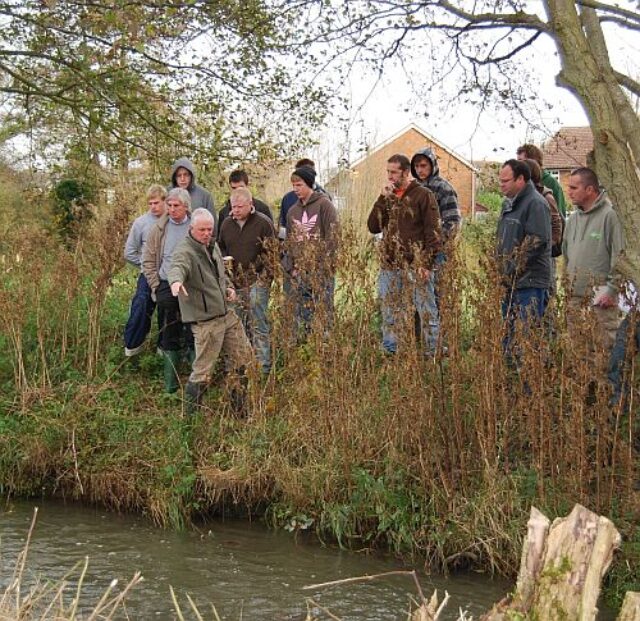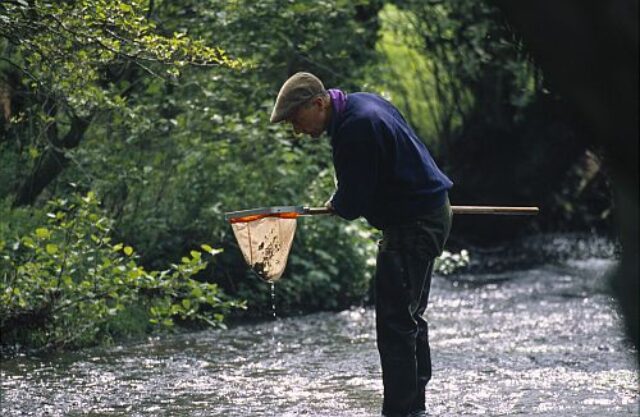Maintaining and improving habitat
If you are responsible for a stretch of river you can ask us for an Advisory Visit or use our library of publications and videos for practical advice on managing and improving habitat.
There are a number of simple and low cost ways of improving habitat which are applicable in many situations. These are described in the habitat manuals, but here is a list of some of the common actions to consider:
- Fence the banks to prevent excessive livestock damage, but remember to allow access for periodic controlled grazing to control the resulting vegetation.
- Manage bank-side trees to give a 60% shade / 40% light mix. This will involve coppicing in some areas, planting in others.
- Leave bank-side herbs and shrubs to give a ‘shaggy’ fringe.
- Install large and coarse wood debris in the channel. Most rivers lack woody debris, which is a vital element for providing cover, creating variations in flow and food for invertebrates.
- Improve spawning, either by introducing clean gravels or make the most of gravel in situ by ensuring it is silt free.
- Minimise the impact of weirs and other barriers by removal (ideally) or ‘notching’ or creating easements.
- Create variations in flow and depth by using natural and local materials such as logs and stone.
Resist the temptation to ‘tidy’ too much or at all! This is habitat for wild creatures, not a garden. A bit of benign neglect is better than too much tidiness.
If the river is fished, then you obviously need to keep a balance between habitat for fish and access for fisherman. One way to do this is to have sections where only one bank managed for fishing access, or short stretches which are left unmanaged as refuge areas for fish from fisherman — and other predators!
It is important to get advice and consent before carrying out any habitat improvement works.

